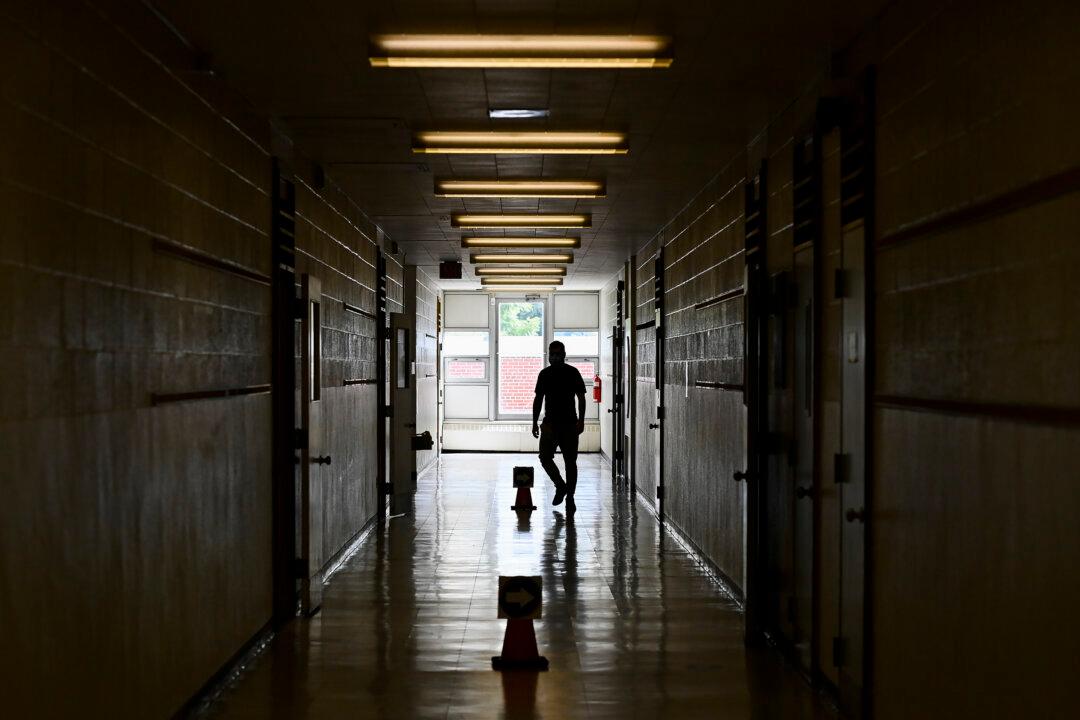A new report from an Ontario think tank challenges the common perception that independent schooling is “reserved for the rich,” looking at how the schools set their tuition fees and what they cost.
The Cardus report surveyed principals from 21 schools in Ontario—representing more than 5,600 students—and found that there are at least five ways in which tuition is set: seven schools charge a per-student tuition, six use a tiered structure, five charge a per-family rate, one charges per course, and one uses a mixed model.





